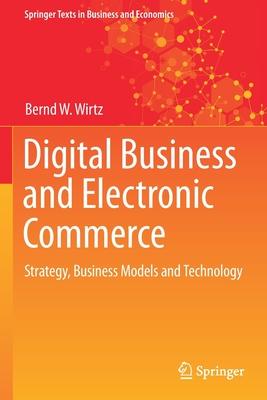Question
Calculating 'cash flows at the end' Today (Year 0), Tomato Corporation (TOM) is considering whether to buy a new glasshouse that costs $100,000 in order
Calculating 'cash flows at the end' Today (Year 0), Tomato Corporation (TOM) is considering whether to buy a new glasshouse that costs $100,000 in order to grow tomatoes. TOM will borrow $30,000 to help fund the purchase of the new glasshouse. This loan is a nine-year interest only loan with an interest rate of 7% per annum. The principal of the loan will need to be repaid at the end of the loan term. The new glasshouse will result in an immediate $12,000 reduction in accounts payable from the companys current level of $30,000. It is anticipated that accounts receivable associated with the new glasshouse must decrease immediately by $5,000. Tax rules state the glasshouse should be depreciated on a straight-line basis over 15 years. The company expects to utilize the glasshouse for nine years. In Year 0, TOM has already agreed to sell the glasshouse in nine years time to a competitor for $20,000. Assume the company tax rate is 30%. What are the 'cash flows at the end'? [Describe and list separately each cash flow and the corresponding amount on a new line, as in lecture and tutorial examples.] [Where applicable, show as much working out as possible, otherwise you may be penalised].
Step by Step Solution
There are 3 Steps involved in it
Step: 1

Get Instant Access to Expert-Tailored Solutions
See step-by-step solutions with expert insights and AI powered tools for academic success
Step: 2

Step: 3

Ace Your Homework with AI
Get the answers you need in no time with our AI-driven, step-by-step assistance
Get Started


